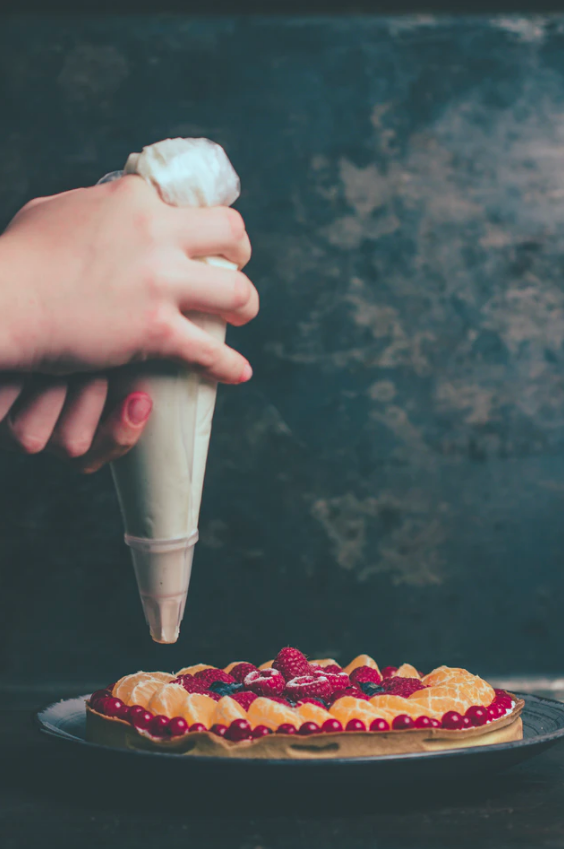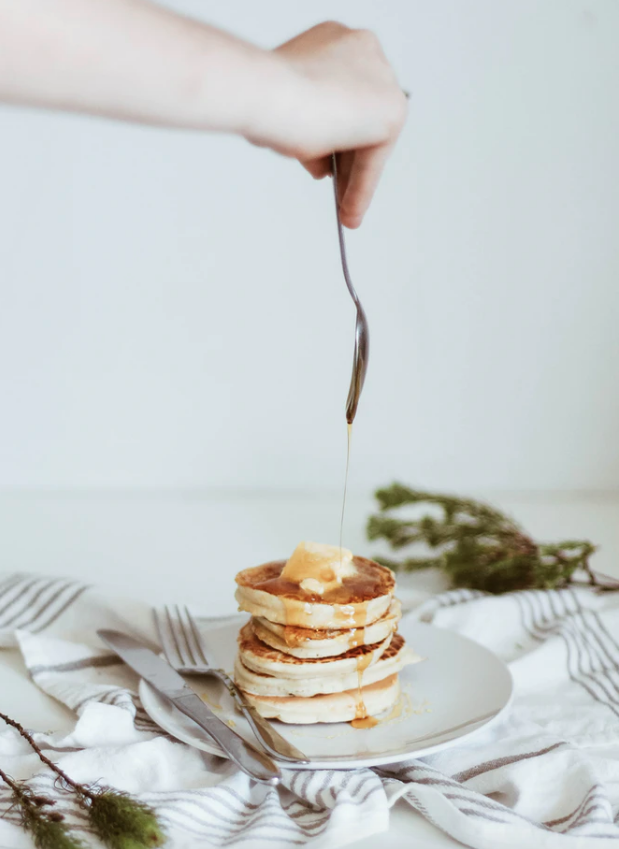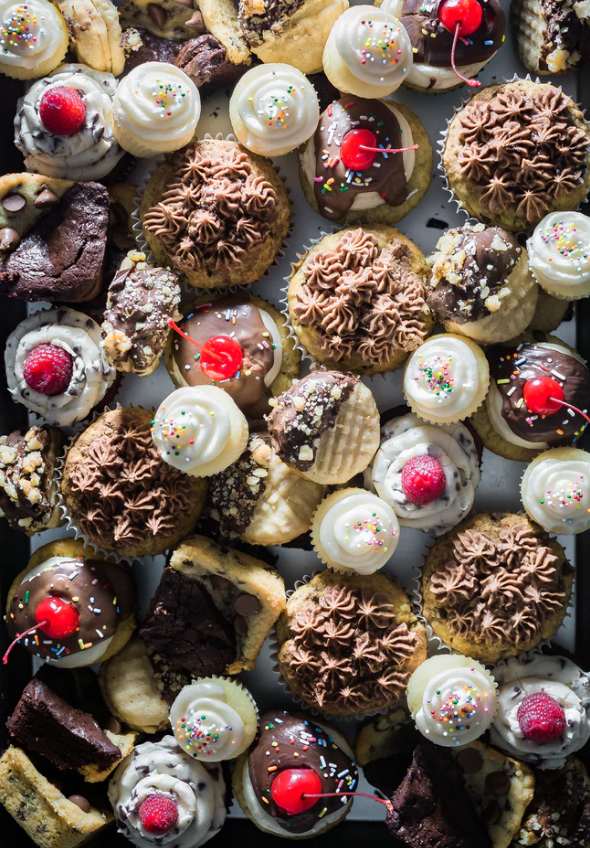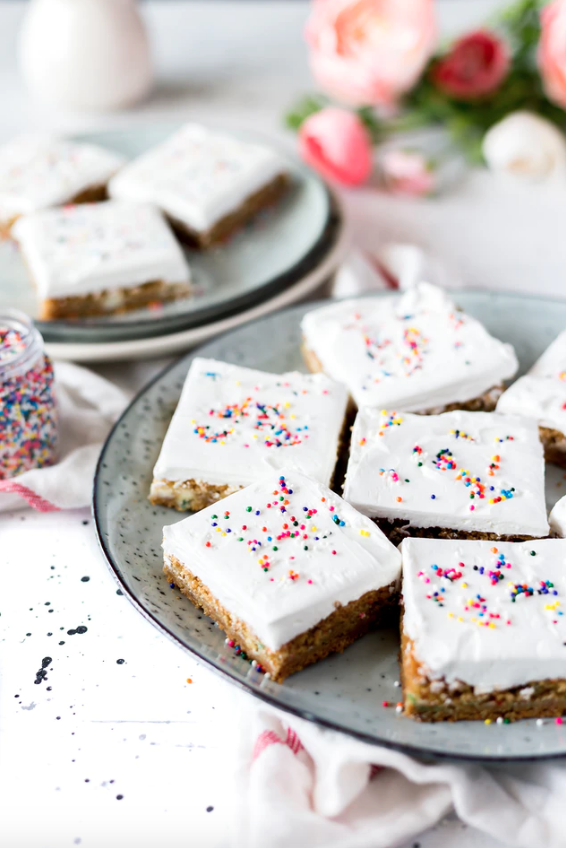Whether you are a hobby baker or a professional one, fire safety should always be your top priority. Here are some ways to make sure your passion for baking doesn’t turn into a deadly one!

Whether you live in a city high-rise apartment or a rural farmhouse, fire doesn’t distinguish the difference and will leave one structure as devastated as another. Of course, an early warning signal for a fire is a smoke detector. But what can you do when the fire has just started and isn’t out of control yet?
That’s where a fire extinguisher comes into play. The early invention of a fire extinguisher was a few thousand years ago when Ctesibuius of Alexandria first used a pump to pump water used to extinguish fires. Although, it wasn’t until 1818, when a British Captain named George William Manby, invented the modern fire extinguisher and made of copper. It held three gallons combined of compressed air and the fire extinguishing agent – potassium carbonate.
However, before using a fire extinguisher, one important fact to remember is that not all fires are the same. In other words, the fire’s properties change depending on the original source or cause and that factor determines which type of fire extinguisher to use. The consequences for using the wrong extinguishing method may range from no effect to an explosion.
The US groups fire into five classes based on their properties – A, B, C, D, and K. This may differ around the world, for example Europe and Australia also use fire classes but the names and properties are different. Therefore, always check where a fire classification system is to know the standard used.
Class A Fire: Everyday Combustible Materials
Class A fires comprises everyday combustible materials, including, but not limited to – paper, wood, plastics, refuse, and fabric. This is the most common type of fire and is extinguished with water or monoammonium phosphate – the chemical agent used in most fire extinguishers.
Class B Fire: Flammable Liquids and Gases
Class B fires include flammable liquids, such as – kerosene, petroleum oil, paint, and gasoline; or flammable gases, such as – propane, butane, and methane. Although these fires can be found in residential or commercial settings, they are more likely found in an industrial environment.
Water is never to be used when fighting a Class B fire because the likelihood of it dispersing the flammable liquids and spreading the fire instead of extinguishing it.
Below are two methods used in Class B fires.
- Monoammonium phosphate – cuts the oxygen supply to the fire
- Sodium bicarbonate – extinguishes the fire with a chemical reaction
Class C Fire: Electrical Fires
Class C fires are started by electrical sources by overheated wiring or shortages in equipment, etc. As with Class B fires, water is never to be used on Class C fires. Since water and electricity don’t mix well, if water was used it could cause a current to electrocute someone. Thus, there is a two-step process in fighting electrical fires –
- Disconnect the power source.
- Use a non-conductive agent such as monoammonium phosphate and sodium bicarbonate used against Class B fires to extinguish Class C fires, as well.
Class D Fire: Combustible Metals
Class D fires consist of combustible metals such as – lithium, magnesium, and potassium and are most common in laboratories and industrial facilities. Never use water to fight a combustible metal fire because some metals will explode when mixed with fire. Instead use a dry powder agent to smother the fire. However, these dry powder agents require special training to handle.
Class K Fire: Kitchen Fire
Class K or Kitchen Fire involves unsaturated cooking oil used in food prep – includes cooking oil, lard, grease, olive oil, and butter. These fires are a subclass of Class B fires, however, due to the distinct differences of how they burn have their own class. Just as with Class B, water is never to be used, but instead a Class K rated fire extinguisher. These extinguishers contain a wet chemical extinguishing agent that turns the fire’s fuel to soap.
Conclusion
Fire is a disastrous and scary event, that is why it is very important to increase the safety in your home. The only defense is prevention and being prepared if a fire ignites in your home. Also, to be sure your home and business complies with all local and state ordinances and codes, contact a fire or sprinkler engineer.
AUTHOR’S BIO
Michael Tobias is the founder and principal of Chicago Engineers. He is a graduate of Georgia Tech class of 2004, with a Bachelor of Mechanical Engineering with honors. His innovative approach to MEP engineering comes from graduating GE’s Engineering Leadership Program, where he designed wind turbines and biofuel power plant engines. Michael’s passion within design is energy efficiency and green technology.
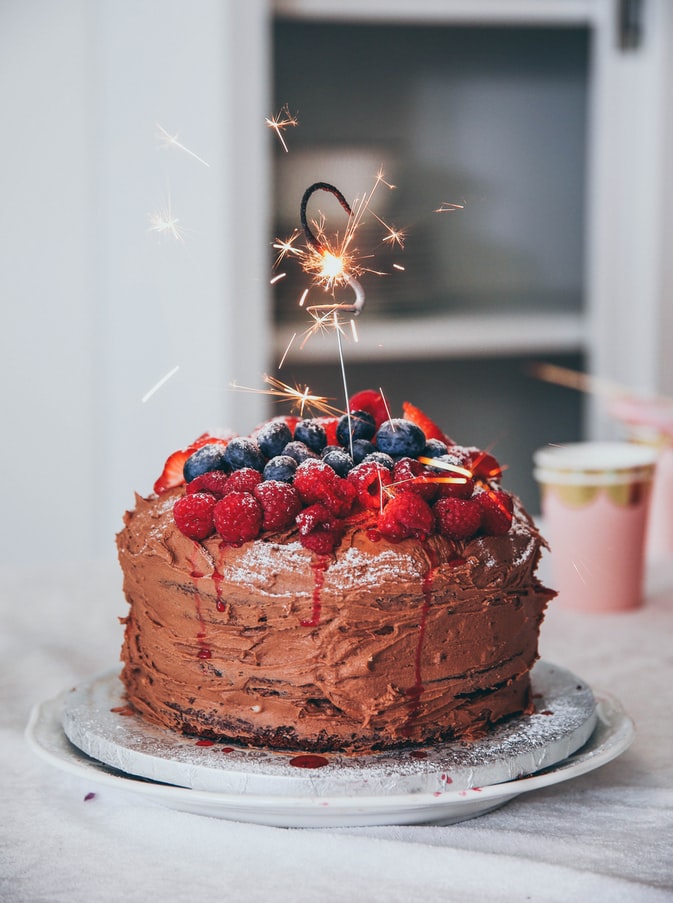 Photos By: Unsplash
Photos By: Unsplash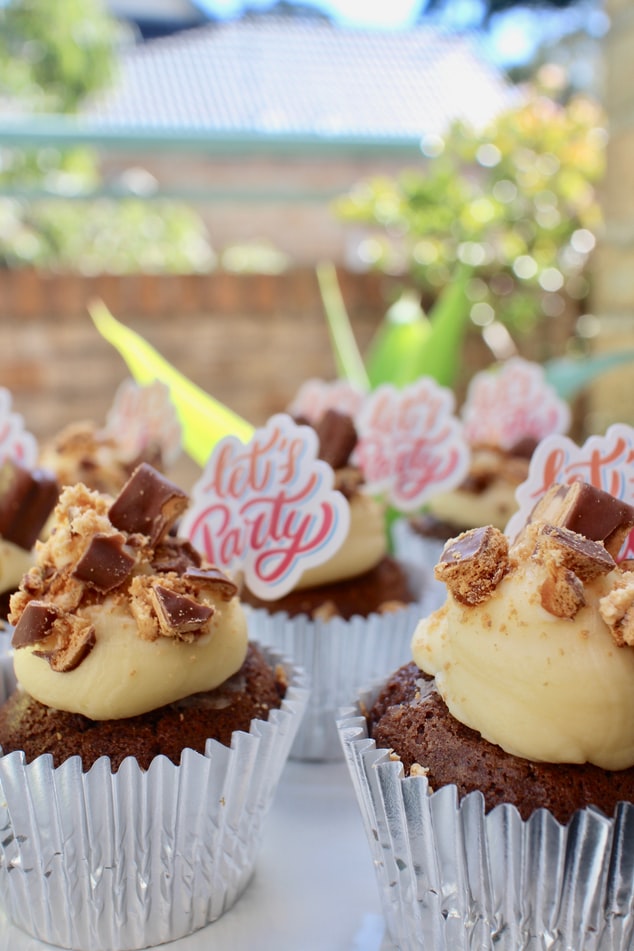
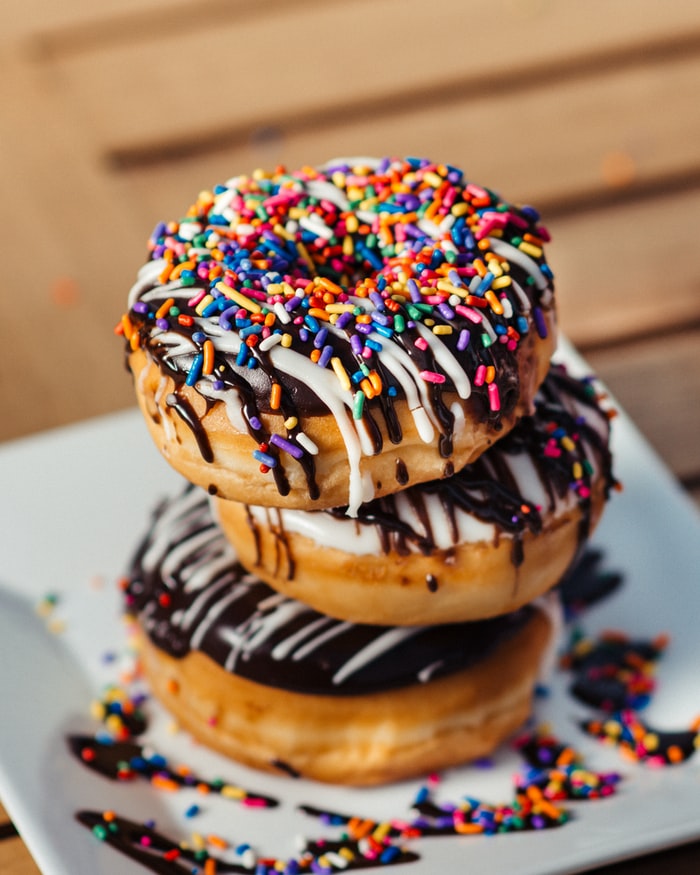

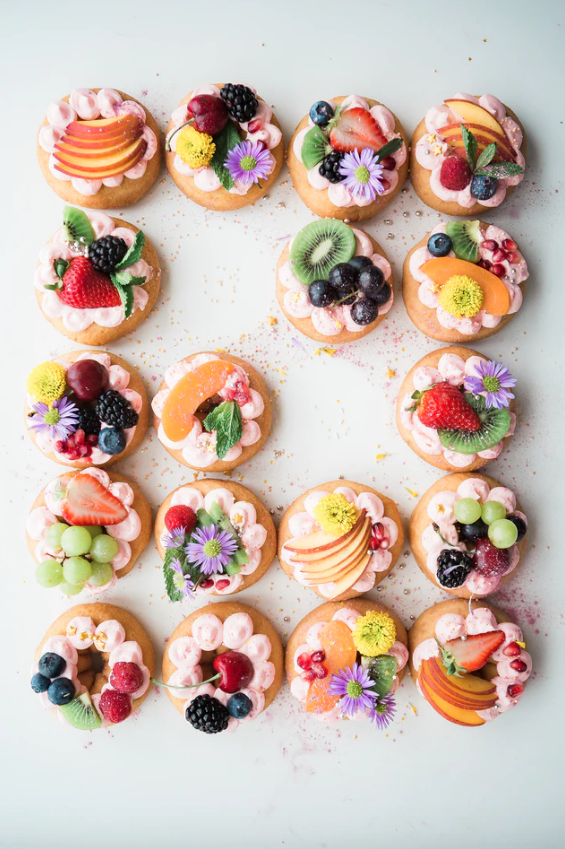 Photos By: Unsplash
Photos By: Unsplash